The luster of furniture or parquet flooring is given by special finishing materials which, correctly applied, give the object a unique shine. There are, however, wood species that have a gloss even if they are not coated with varnishes or gloss paints. This is the natural sheen, which depends on the structure and the way the wood has been cut and sanded/polished. The sheen can be uniform or intermittent, forming waters. It can also have a silky appearance with silver or gold iridescence. Why this natural sheen occurs and which species are recognized for this characteristic, below.
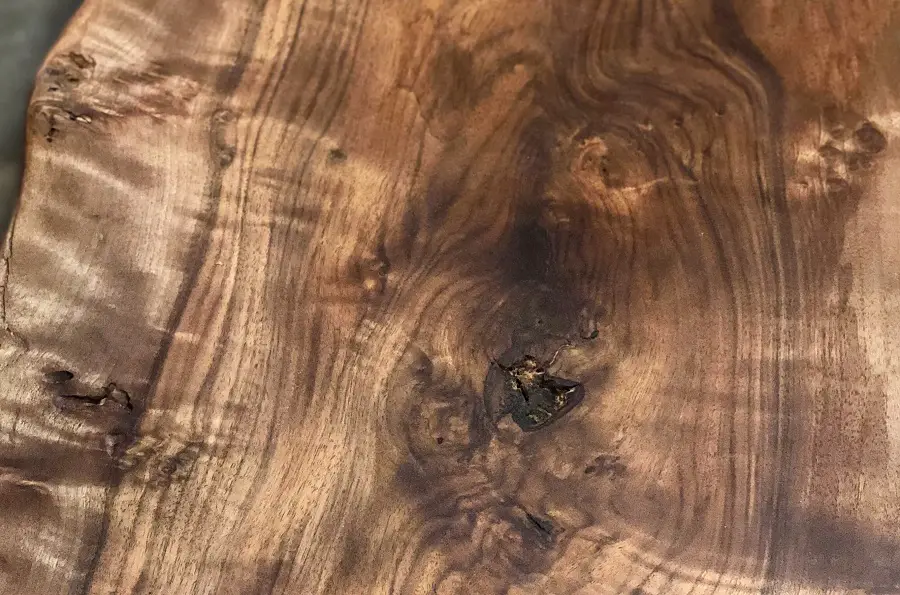
Why some species have natural lustre
Glow appears on surfaces that have the ability to reflect light. This is also the case with wood. Even if the species is one with a natural sheen, we will only see it if the surface can reflect light. Both the structure of the wood and the inlaying substances, as well as the way it has been cut and smoothed, are important for reflecting it.
The structural elements that give natural lustre are medullary rays, popularly called mirrors. They consist of woody cells that join the bark of the tree to its pith or to one of the annual rings. Sometimes, to distinguish them from those that run through the wood to the center, those that stop at a ring are called rays. The wood cells that form the medullary rays may be arranged in a single row, forming a thin string invisible to the naked eye, or in several rows, in which case they become visible. This is the reason why some species have a natural sheen and others do not, the medullary rays being a characteristic of all wood species. The cells that form the pith are very compact, the resulting surface is dense and the color is slightly different from the surrounding wood.
In the cross-section through the trunk, the medullary rays are seen as lines joining the bark to the medulla. In the radial section, however, they look like bands of different lengths and widths. The wider they are, the better they reflect light. This is why the natural luster of the wood is most visible in radial cuts. In tangential section, medullary rays are seen as straight longitudinal lines which may be longer or shorter, uniform or with thicker areas.
The width of medullary rays can sometimes be misleading. There are species (carpenalum) that appear to have wide rays but no luster. These are so-called matt medullary rays which are made up of several very narrow rays side by side. They do not form a continuous surface and therefore do not reflect light correctly to form the natural glow.
The medullary rays not only give the wood its luster but also its ability to split easily. Wood with wide and long medullary rays splits very easily.

Cutting, polishing the surface and the fineness of the fiber influence how the natural sheen is perceived
The medullary rays, wider in radial section, cause the pronounced natural luster when the wood is cut radially. Tangential cutting follows, and in cross-cutting, the luster almost disappears, even if the species has many large medullary rays. In cross-cutting we also have to deal with a lot of fiber ends which make the surface very porous and do not reflect light.
It is also the fiber ends that give roughness to surfaces with other types of cut. This roughness will not allow light to reflect, and despite the presence of medullary rays, the wood will not have a pleasant sheen. This is why it needs sanding or polishing. The natural sheen is best brought out when the wood is planed with a very sharp edge. Sometimes the term geluit for this operation. The shearlock precisely cuts the fibers leaving them smooth while straightening the surface. The surface remains much smoother than even very fine sanding, reflecting light much better. Fine sanding does not have the ability to smooth the surface, and the resulting fine dust can affect the way light is reflected.
The fineness of the fiber is also important. Not all species have fine fiber and even if medullary rays are present, coarse fiber can reduce surface gloss. This is the case oak. Despite the highly visible medullary rays, the surface is less shiny than that of cherry or hair, whose rays are much less visible. If the fineness of the fiber is coupled with a shiny appearance, the surface luster will be much more spectacular. Paltinul can give such an effect, very well highlighted by oil or a very transparent varnish.
Species with natural lustre
Paltin is the best-known example of a native species with a natural sheen. It has a silky, satiny sheen, like sycamore, ulmul or hair. The has a slight silvery sheen and acacia sometimes has golden iridescence. Well-finished oak surfaces, fag and hornbeam have a pleasant sheen, much less pronounced than would be expected from the width of the medullary rays. Instead teepeewith narrow medullary rays, it often has a pleasant sheen thanks to its fine fiber. SpruceDespite its very narrow medullary rays, it still has a slight natural sheen that sets it apart from brad, which has no sheen at all. It's also a how to distinguish the wood of the two species, otherwise very similar.
Exotic species often have a natural lustre. Abanosul, the different types of mahon, palisander (rosewood) are recognized for their high natural glow. The fact that the wood is very dense also helps in this case. In some, however, the presence of gums and salts reduces the natural sheen.
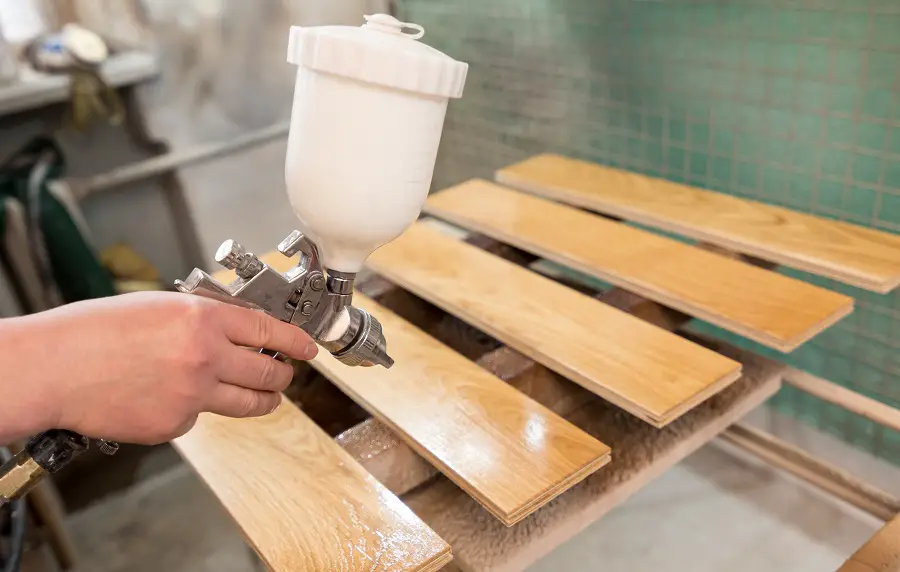
What problems can medullary rays cause when finishing
Whether the wood has a natural sheen or not, a more or less shiny look can be kept with finishing materials. Varnish, oil, wax can add gloss to surfaces, while enhancing the natural design of the wood. The more transparent the materials, the more pleasing the effect. In the case of wax, polishing is needed to get that silky sheen. Wax will sit much better on a varnished or at least primed surface than directly on wood. The varnish/primer has the ability to make the surface much straighter and even after drying.
But medullary rays can cause problems if you want to stain wood. Their very dense surface makes the absorption in that area very low and prevents it from coloring. The effect is very visible when staining oak. In this case, staining by wiping or staining will not give very good results. Wood is more evenly stained by spraying, either manually or mechanically. Very fast-drying stains or pigment-based staining solutions are recommended.
Due to reduced absorption, in areas with wide medullary radii (in radially cut wood), problems with adhesion of varnish to wood. In this case, it is advisable not to sand the wood with very fine paper (120, max.150) before applying the primer.
I hope you find the above information useful. As always, additions are welcome. And if you have any questions or queries, please leave them below in the space provided. I will be sure to reply.















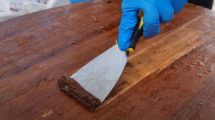

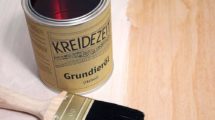


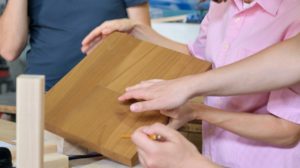


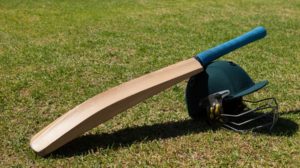
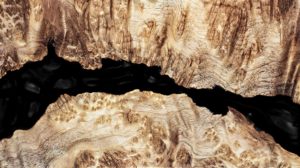
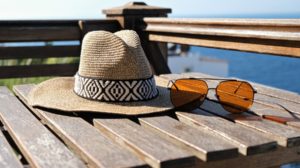




Add comment